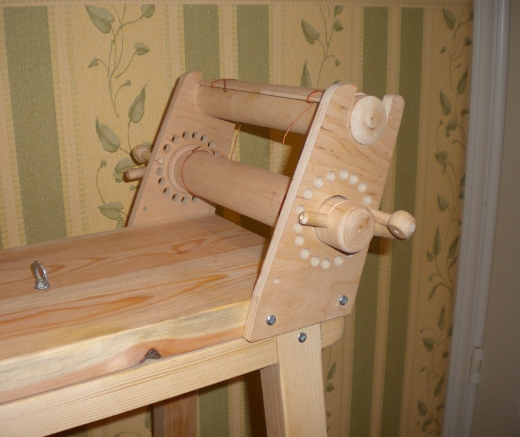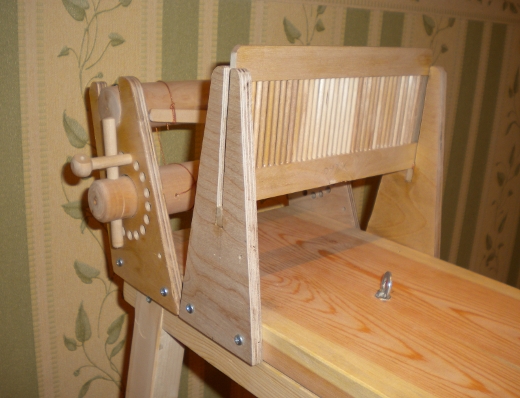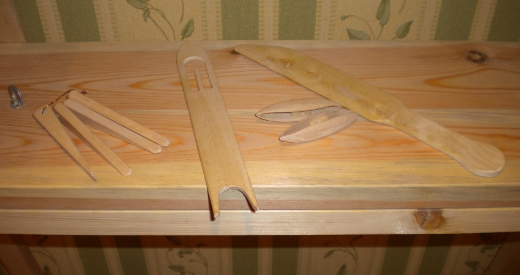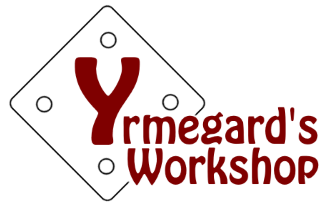Look before you leap…
That’s exactly how it went for us – we looked, and we looked again, and we looked… and then we leaped. Quite unexpectedly, really. That is, we ordered the loom. Just in time for the end of summer and the beginning of the new indoor season. Here it is now, filling the air with the scent of different kinds of wood. My precious! 😈
At the beginning of August, I rather spontaneously called the master craftsman, and we went to see him with a heap of photos of other looms, our own sketches, and a bundle of ideas. I spent over an hour jumping around, waving my arms and trying to explain that I wanted “something like this, but not like this, rather different here, and so on”, while my husband pointed at the drawings and photos, explaining what I actually meant and what I found unsuitable in the examples. It must have all seemed very chaotic, especially with our two girls running around. But a true master is a true master. He is quite elderly and has spent almost his entire life making craft tools. He listened to us carefully, asked a few clarifying questions, and made notes. Then he said he needed time to think about it, and I assured him there was no rush. Just a week later, he called and said the loom would be ready for collection the next day.
Essentially, apart from the basic working principle of both ends, he designed everything himself. He even added several features that I hadn’t thought of at all. To say I’m pleased would be a massive understatement.
Working ends:


At both working ends, the lower axles rotate freely and are secured with simple locking pins. Slats are tied to the axles, onto which the warp threads can be fastened. The upper axles simply rest in grooves, and for smooth tension adjustment, special wedges can be inserted underneath them. Both ends are tilted outwards, so the warp can be tensioned not only between the axles but also using weights. The heddle is removable and opens from the top. The legs can be unscrewed, transforming the loom into a tabletop version. If needed, everything can be disassembled into separate parts.
Additional accessories:

On the left are the wedges for adjusting tension, then a shuttle for thicker thread, two shuttles for fine thread, and a “belt sword”.
I plan to test the loom next week, but before that, I need to make at least a few weights – working with weights is exactly what I plan to do the most. Plus, I need to plait some cords to tie the locking pins to the loom (special holes have even been made for this). Can’t wait!

